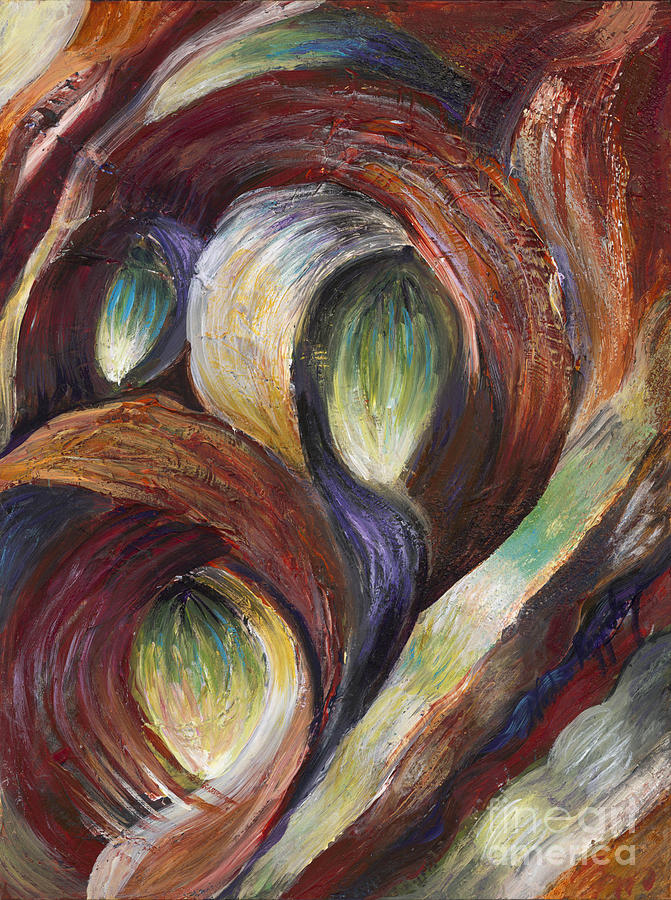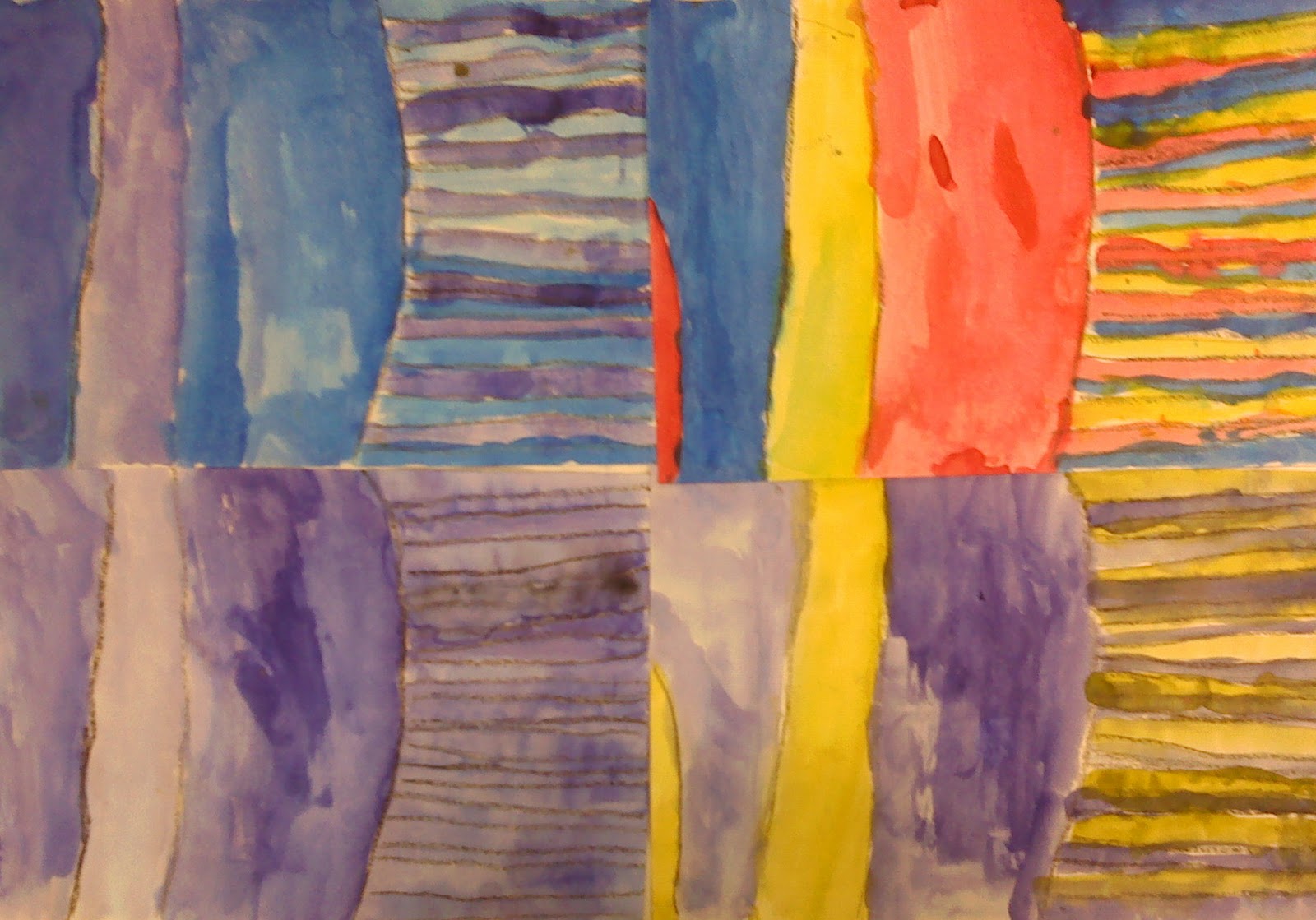

Let us look at the principles of art to understand the technical concept of harmony in context and how it adds to the feeling of unity. It specifically adds to the key principle of unity. Harmony forms a part of what are called the principles of art. Harmony can be achieved through the use of various visual elements such as hue, shape, texture, and space. The Public Gardens by Édouard Vuillard (1894) Édouard Vuillard, Public domain, via Wikimedia Commons It is the quality that brings a sense of integration and connectedness to artwork by creating a visual connection between different parts of the composition. Pleasant here does not necessarily refer to beautiful, but rather to a feeling of “rightness”. Harmony in art refers to the pleasant combination of various components within an artwork. Harmony in Art Definition: What Is Harmony in Art? 2.5 Harmony in Painting Through Color: The Dance (1910) by Henri Matisse.2.4 Harmony in Painting Through Idea: American Gothic (1930) by Grant Wood.2.3 Harmony in Painting Through Texture: Composition VIII (1923) by Wassily Kandinsky.2.2 Harmony in Painting Through Size: Les Demoiselles d’Avignon (1907) by Pablo Picasso.

2.1 Harmony in Painting Through Line and Shape: Starry Night (1889) by Vincent van Gogh.1 Harmony in Art Definition: What Is Harmony in Art?.


 0 kommentar(er)
0 kommentar(er)
